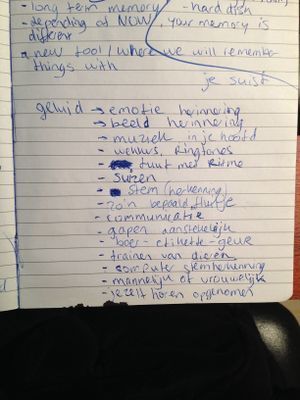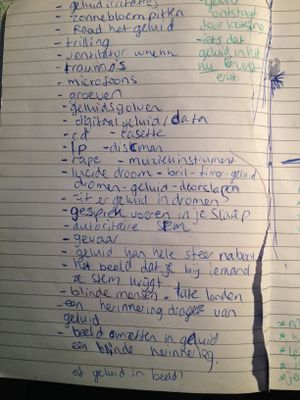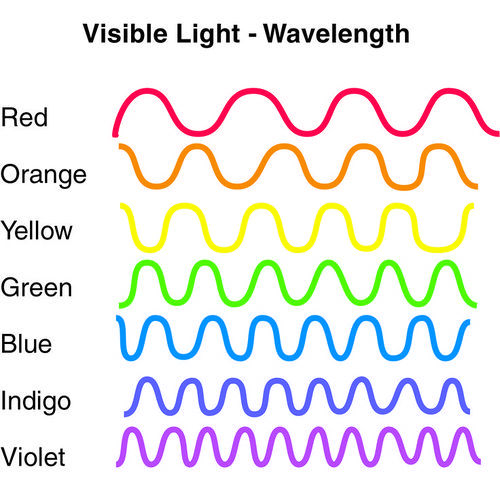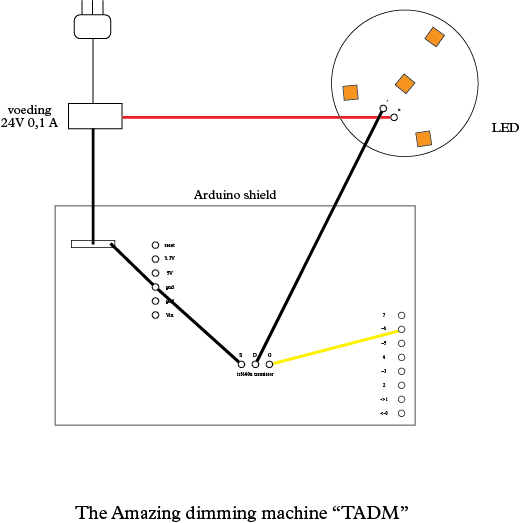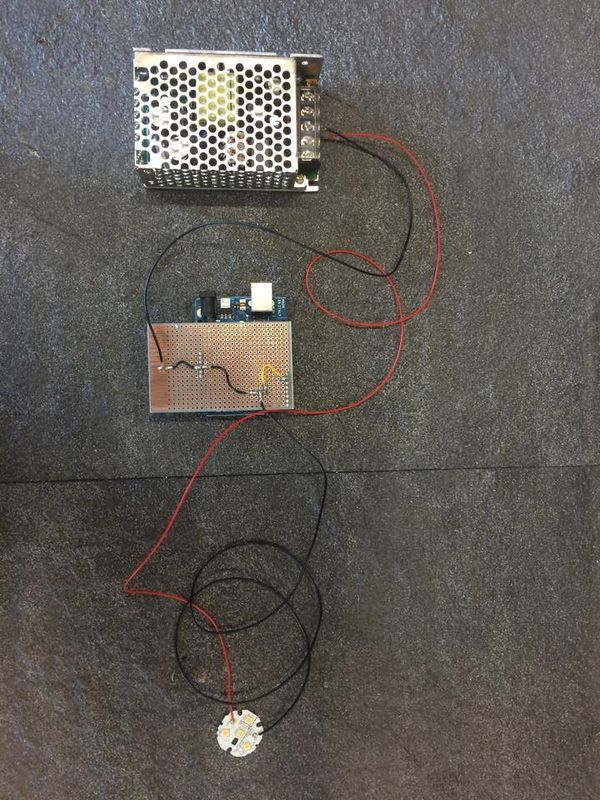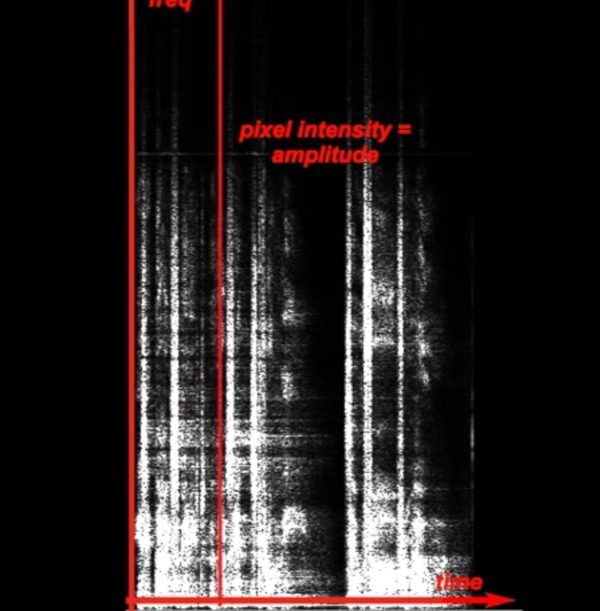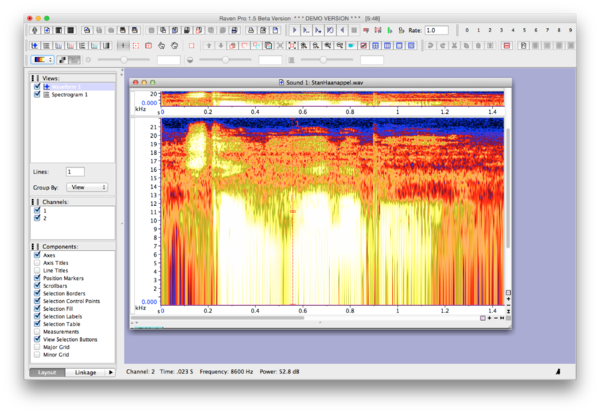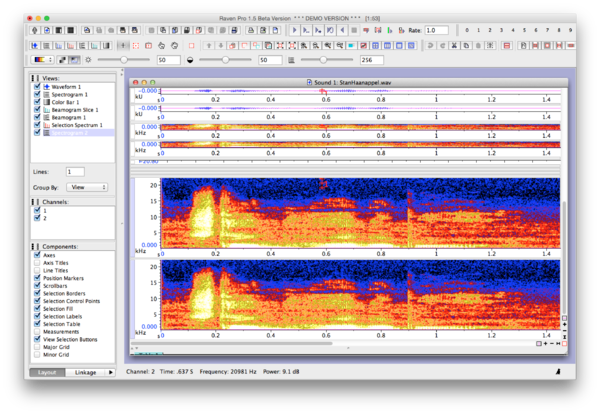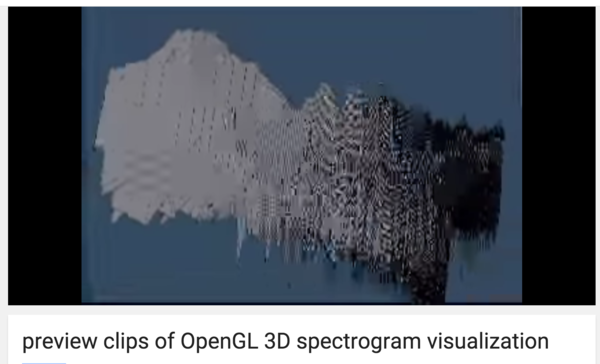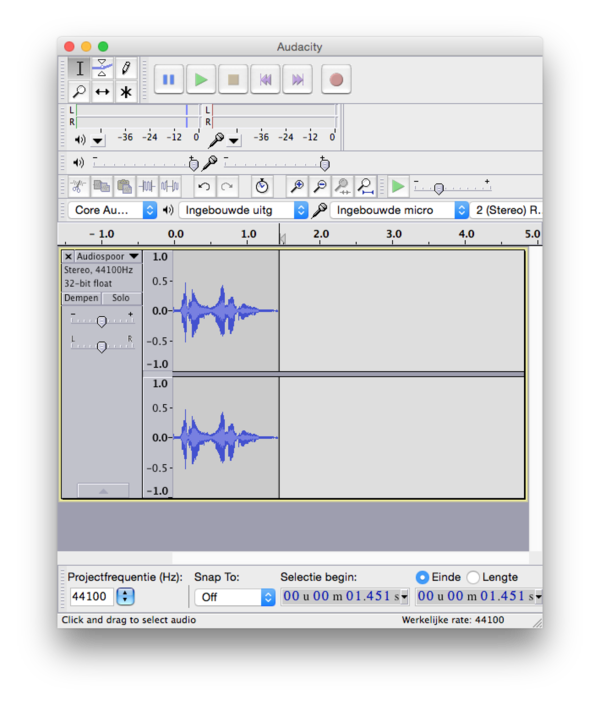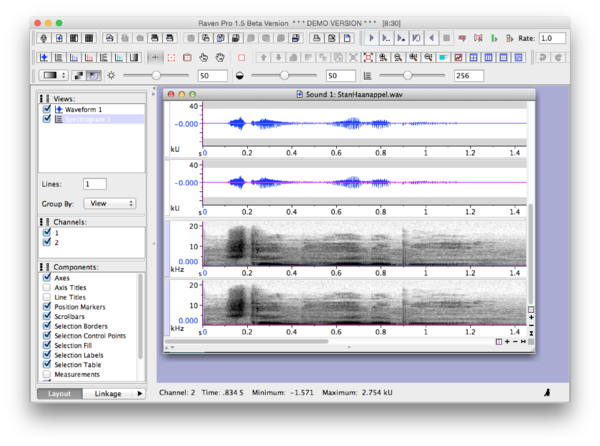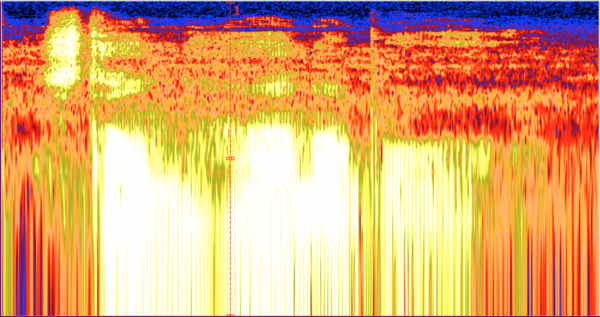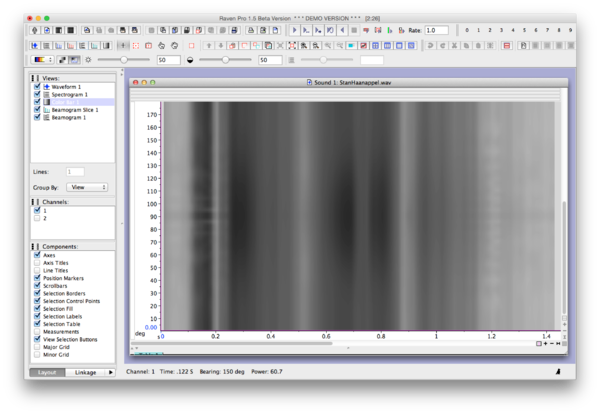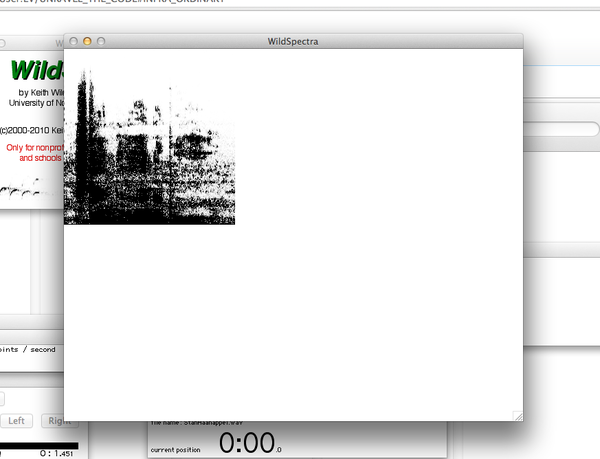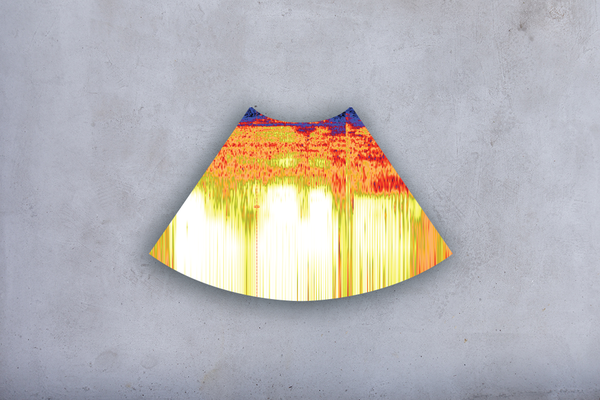Difference between revisions of "User:LV/CRAFTING FUTURE MEMORIES"
| (43 intermediate revisions by 2 users not shown) | |||
| Line 1: | Line 1: | ||
Stan and Lisa are on the 'Sound' team. | Stan and Lisa are on the 'Sound' team. | ||
| − | == | + | ==BRAINSTORM== |
[[File: memorysound4.jpg | 300 px ]] | [[File: memorysound4.jpg | 300 px ]] | ||
[[File: memorysound3.jpg | 300 px ]] <br> | [[File: memorysound3.jpg | 300 px ]] <br> | ||
| − | == | + | ==REFERENCES== |
- https://en.wikipedia.org/wiki/Colors_of_noise <br> : | - https://en.wikipedia.org/wiki/Colors_of_noise <br> : | ||
[[File: The_Colors_of_Noise.png | 200 px ]] <br> | [[File: The_Colors_of_Noise.png | 200 px ]] <br> | ||
| Line 32: | Line 32: | ||
[[File: GillesAzzaro.jpg | 400 px ]] | [[File: GillesAzzaro.jpg | 400 px ]] | ||
Gilles Azzaro<br> | Gilles Azzaro<br> | ||
| + | [[File: 4fcbf9837b113caf736b3239420bc728.jpg | 400 px ]] | ||
| + | -rafael rozendaal<br> | ||
| + | [[File: 3017465-poster-p-n-1-beautiful-and-bizarre-out-of-hand-artisans-use-eeg-patterns-to-design-brain-wave.jpg | 400 px ]] | ||
| + | - lukas maasen<br> | ||
| + | [[File: TmNOh.jpg | 400 px ]] | ||
| + | - some abstract sculptures based on alt rock albums<br> | ||
| + | ==CONCEPT== | ||
| + | concept 1: <br> | ||
| + | Make your sound into an abstract art piece - a still image - to remember. <br> | ||
| + | concept 2:<br> | ||
| + | An ardruino with microphone to record your day -> a program that creates an image out of your sound data - your waveforms. Turn this into a functional object. <br> | ||
| + | What kind of waveforms? What kind of object? <br> | ||
| + | concept 3:<br> | ||
| + | To convert something we want to remember forever into something with an added value. <br> | ||
| + | 1. A sound with value.<br> | ||
| + | 2. A program that converts that sound into data<br> | ||
| + | 3. Convert that data into object <br> | ||
<br> | <br> | ||
| + | <br> | ||
| + | '''concept 4:<br>''' | ||
| + | Sound -> data -> data visualisation -> product that carries the added value of that sound <br> | ||
| + | A sound with value: the voice of your mother saying your name-> <br> | ||
| + | A baby in utero can hear sounds from outside the womb. That's why your baby can recognize his mothers voice after birth.<br> | ||
| + | This sound is the one of the first memory's of a human with a lot of value.<br> | ||
| + | <br> | ||
| + | [[File:Alice_Baby_7-8-2010.JPG | 500px ]] | ||
| + | <br> | ||
| + | From the growth and your first years this sound (voice of your mother) is super close and almost always with you.<br> | ||
| + | When your getting older this voice is starting to fade away. <br> | ||
| + | You're going to live your own life and after a while your leaving your home to live on yourself.<br> | ||
| + | |||
| + | This is one of the strongest sound memory's what a human owns without realizing this.<br> | ||
| + | <br> | ||
| + | While you're growing apart from your mother, we bring back the memory of her voice in to your home.<br> | ||
| + | We are creating a new way to memorize and experience this sound.<br> | ||
| + | |||
| + | Through the fascinating fact that both sound and light travel as waves we saw a connection between sight and sound.<br> | ||
| + | <br> | ||
| + | Creating a sound memory through light: converting sound into light with an arduino.<br> | ||
| + | Lamp that dimms the light in relation to the soundwaves of the voice <br> | ||
| + | <br> | ||
| + | We chose this technique because we wanted to experiment with this recently discovered method (arduino) and it is a suitable technique to dim a LED.<br> | ||
| + | Working with a arduino is a challenge,we have never worked with it before.<br> | ||
| + | <br> | ||
| + | In one sentence: | ||
| + | '''''Creating a new way to save the memory of the earliest sound a human hear through another form of traveling energy, light.''''' | ||
| + | |||
| + | ==RESEARCH== | ||
- http://www.wired.co.uk/news/archive/2011-04/7/colours-of-noise <br> | - http://www.wired.co.uk/news/archive/2011-04/7/colours-of-noise <br> | ||
| Line 40: | Line 87: | ||
- our own experiment: playing hertz through a speaker, put a plate of cardboard on top of it and some salt 'n pepa: <br> | - our own experiment: playing hertz through a speaker, put a plate of cardboard on top of it and some salt 'n pepa: <br> | ||
| − | [[File: memorysound2.png | 200 px ]] watch it here: https://youtu.be/Es7wi34bbU4 | + | [[File: memorysound2.png | 200 px ]] watch it here: https://youtu.be/Es7wi34bbU4 <br> |
| + | |||
| + | |||
| + | We went to the Dutch Design Week. <br> | ||
| + | [[File: ddw.jpg | 800 px ]] <br> | ||
| + | |||
| + | - https://www.youtube.com/watch?v=dvAiM22WYHY<br> | ||
| + | |||
| + | - http://www.absorblearning.com/physics/demo/units/DJFPh082.html <br> | ||
| + | Sound and light both travel as waves. The properties of these waves differ quite considerably. Sound waves travel a million times slower than light waves. They have wavelengths between 1 centimetre and 10 metres, and will easily diffract round corners. Light waves have much smaller wavelengths, and only diffract through very small holes. This difference is the reason why you can often hear things that you cannot see. <br> | ||
| + | |||
| + | - spectogram -> spek<br> | ||
| + | [[File: Spek.png| 500 px ]] <br> | ||
| + | Spek helps to analyse your audio files by showing their spectrogram. Spek is free software available for Unix, Windows and Mac OS X.<br> | ||
| + | - autocad -> sound<br> | ||
| + | - hertz on<br> | ||
| + | - ultima sound<br> | ||
| + | - realtime spectogram<br> | ||
| + | - data visualisation of audio<br> | ||
| + | |||
| + | -Light and sound both travel as waves. <br> | ||
| + | Light waves and sound waves are both forms of energy.<br> | ||
| + | Both types of waves change their speed when they travel through various media.<br> | ||
| + | Both light waves and sound waves can be reflected and refracted.<br> | ||
| + | Light waves travel faster than sound waves.<br> | ||
| + | Sound waves travel slower than light waves.<br> | ||
| + | Light waves do NOT require a medium through which to travel<br> | ||
| + | Sound waves require a medium through which to travel.<br> | ||
| + | Light waves can travel through space or in a vacuum.<br> | ||
| + | Sound waves can not travel through space or in a vacuum.<br> | ||
| + | Sound travels best through opaque objects. <br> | ||
| + | Light does not travel through opaque objects.<br> | ||
| + | |||
| + | -http://www.athenna.com/dancing-patterns-of-blue-light-react-to-sound-waves/athenna/web_design/teoria-de-design/ <br> | ||
| + | [[File: GabeyTjon.jpeg | 500 px ]] GabeyTjon <br> | ||
| + | |||
| + | - https://www.youtube.com/watch?time_continue=128&v=uENITui5_jU <br> | ||
| + | [[File: Watersound.png | 500 px ]] <br> | ||
| + | |||
| + | - http://prafulla.net/interesting-contents/science-and-technology/embedded-texts-and-images-into-audio-spectrographs/ <br> | ||
| + | [[File: aphextwin.jpg | 500 px ]] Aphex Twin, hidden message in audio<br> | ||
| + | |||
| + | [[File: lightwaves.jpg | 500 px ]] <br> | ||
| + | |||
| + | [[File: Stephenorlando.jpg | 500 px ]] Stephen Orlando<br> | ||
| + | |||
| + | -http://www.wired.com/2012/11/human-brain-harmony/ <br> | ||
| + | [[File: brainsound.jpg | 500 px ]] A consonant interval (left) sends a regular sound wave to the brain; dissonance results in an inharmonic spectrum and produces "beating" (right). Image: Cousineau et al./ PNAS <br> | ||
| + | |||
| + | [[File: Aphex.png | 500 px ]] | ||
| + | This was the original ‘demon face’ image first found in Aphex Twin’s ‘[Equation]’ song using a linear frequency scale instead of a logarithmic frequency scale. <br> | ||
| + | |||
| + | ==CRAFT== | ||
| + | [[File: CRAFT stanlisa.jpg | 600 px ]] | ||
| + | [[File: TADM.png | 600 px ]] | ||
| + | https://youtu.be/5fO-ivNDXRA<br> | ||
| + | [[File: 12181952 916597508416116 1366833907 n.jpg | 600 px ]] | ||
| + | |||
| + | ==ECHO== | ||
| + | |||
| + | Echografie, ook wel echoscopie genoemd, is '''een techniek die gebruikmaakt van geluidsgolven''' die zich door het lichaam verplaatsen en op grensvlakken tussen zachte en hardere structuren reflecteren. <br> | ||
| + | |||
| + | ==SOFTWARE== | ||
| + | [[File: Program 1.png | 600 px ]] | ||
| + | [[File: Program 2.png | 600 px ]] | ||
| + | [[File: Program 3.png | 600 px ]] | ||
| + | [[File: Program 4.png | 600 px ]] | ||
| + | [[File: Program 5.png | 600 px ]] | ||
| + | [[File: Program 6.png | 600 px ]] | ||
| + | [[File: Program 7.png | 600 px ]] | ||
| + | [[File: Program 8.png | 600 px ]] | ||
| + | [[File: Program 9.png | 600 px ]] | ||
| + | [[File: Program 10.png | 600 px ]] | ||
| + | [[File: Program 11.png | 600 px ]] | ||
| + | [[File: Program 12.png | 600 px ]] | ||
| + | [[File: Program 13.png | 600 px ]] | ||
| + | [[File: Program 14.png | 600 px ]] | ||
| + | [[File: Program 15.png | 600 px ]] | ||
| + | [[File: Program 16.png | 600 px ]] | ||
| + | [[File: Program 17.png | 600 px ]] | ||
| + | [[File: Program 18.png | 600 px ]] | ||
| + | [[File: Soundechovisualbla.png | 600 px ]] | ||
| + | |||
| + | ==SKETCHES LAMP== | ||
| + | [[File: Plain light grey concrete wall.png | 600 px ]] | ||
Latest revision as of 13:06, 5 November 2015
Stan and Lisa are on the 'Sound' team.
BRAINSTORM
REFERENCES
- https://en.wikipedia.org/wiki/Colors_of_noise
:
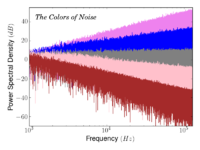
- http://sleepjunkies.com/features/sleep-soundly-with-white-noise/ :
In simple terms, white noise is a special type of sound signal which is used to mask background sounds.
When used to promote healthy sleep, white noise helps to drown out sounds which might otherwise prevent you from either falling asleep or waking up whilst asleep.
- http://web.cs.wpi.edu/~matt/courses/cs563/talks/noise/noise.html

- https://www.youtube.com/watch?t=4&v=3zoTKXXNQIU
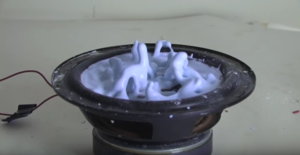
- http://gizmodo.com/5-eye-popping-designs-that-visualize-sound-1465350320
 Tokujin Yoshioka
Tokujin Yoshioka
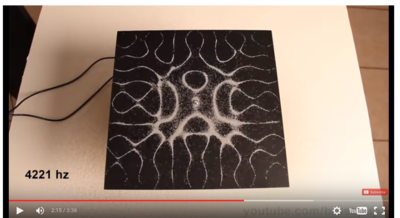 Nikola Tesla / https://www.youtube.com/watch?feature=player_embedded&v=wvJAgrUBF4w
Nikola Tesla / https://www.youtube.com/watch?feature=player_embedded&v=wvJAgrUBF4w
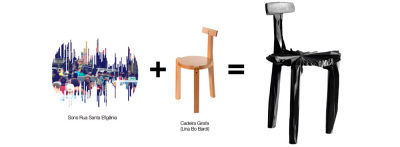 Estudio Guto Requen
Estudio Guto Requen
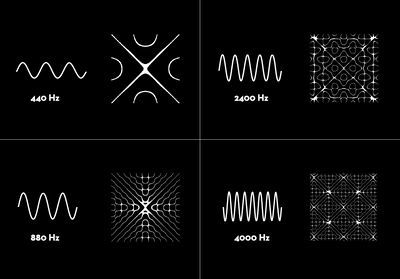 Demian Conrad
Demian Conrad
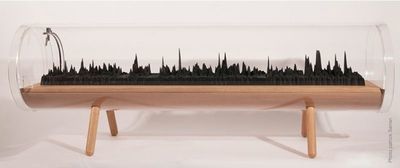 Gilles Azzaro
Gilles Azzaro
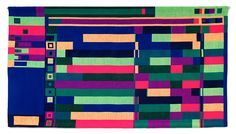 -rafael rozendaal
-rafael rozendaal
 - lukas maasen
- lukas maasen
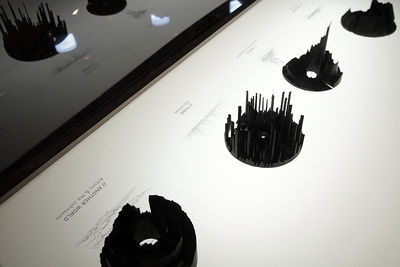 - some abstract sculptures based on alt rock albums
- some abstract sculptures based on alt rock albums
CONCEPT
concept 1:
Make your sound into an abstract art piece - a still image - to remember.
concept 2:
An ardruino with microphone to record your day -> a program that creates an image out of your sound data - your waveforms. Turn this into a functional object.
What kind of waveforms? What kind of object?
concept 3:
To convert something we want to remember forever into something with an added value.
1. A sound with value.
2. A program that converts that sound into data
3. Convert that data into object
concept 4:
Sound -> data -> data visualisation -> product that carries the added value of that sound
A sound with value: the voice of your mother saying your name->
A baby in utero can hear sounds from outside the womb. That's why your baby can recognize his mothers voice after birth.
This sound is the one of the first memory's of a human with a lot of value.
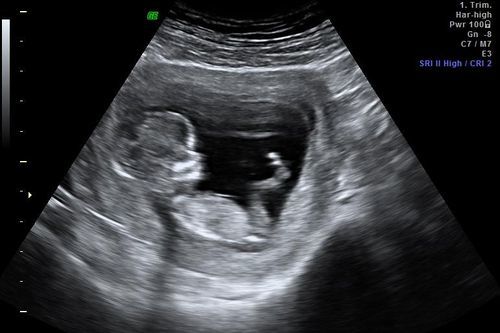
From the growth and your first years this sound (voice of your mother) is super close and almost always with you.
When your getting older this voice is starting to fade away.
You're going to live your own life and after a while your leaving your home to live on yourself.
This is one of the strongest sound memory's what a human owns without realizing this.
While you're growing apart from your mother, we bring back the memory of her voice in to your home.
We are creating a new way to memorize and experience this sound.
Through the fascinating fact that both sound and light travel as waves we saw a connection between sight and sound.
Creating a sound memory through light: converting sound into light with an arduino.
Lamp that dimms the light in relation to the soundwaves of the voice
We chose this technique because we wanted to experiment with this recently discovered method (arduino) and it is a suitable technique to dim a LED.
Working with a arduino is a challenge,we have never worked with it before.
In one sentence:
Creating a new way to save the memory of the earliest sound a human hear through another form of traveling energy, light.
RESEARCH
- http://www.wired.co.uk/news/archive/2011-04/7/colours-of-noise
Ever wondered why white noise is white? It's not the only colour of noise you can get. There are a handful of others too -- which are used in a variety of different situations, including acoustics testing, electrical engineering and hard physics.
They're separated from each other by their spectral density -- the way the power that the signal contains is distributed over different frequencies. Different spreads are given different colour names, including white, pink, brown, blue, violet and grey. Here's how they differ from each other, and what they tend to be used for.
- our own experiment: playing hertz through a speaker, put a plate of cardboard on top of it and some salt 'n pepa:
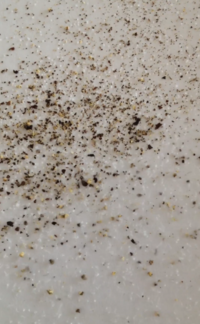 watch it here: https://youtu.be/Es7wi34bbU4
watch it here: https://youtu.be/Es7wi34bbU4
We went to the Dutch Design Week.

- https://www.youtube.com/watch?v=dvAiM22WYHY
- http://www.absorblearning.com/physics/demo/units/DJFPh082.html
Sound and light both travel as waves. The properties of these waves differ quite considerably. Sound waves travel a million times slower than light waves. They have wavelengths between 1 centimetre and 10 metres, and will easily diffract round corners. Light waves have much smaller wavelengths, and only diffract through very small holes. This difference is the reason why you can often hear things that you cannot see.
- spectogram -> spek
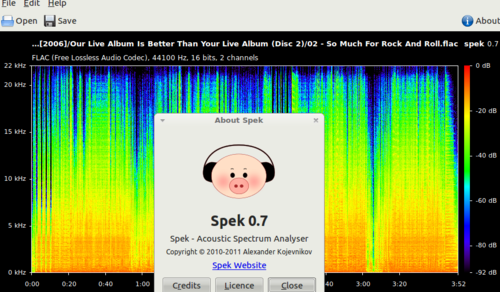
Spek helps to analyse your audio files by showing their spectrogram. Spek is free software available for Unix, Windows and Mac OS X.
- autocad -> sound
- hertz on
- ultima sound
- realtime spectogram
- data visualisation of audio
-Light and sound both travel as waves.
Light waves and sound waves are both forms of energy.
Both types of waves change their speed when they travel through various media.
Both light waves and sound waves can be reflected and refracted.
Light waves travel faster than sound waves.
Sound waves travel slower than light waves.
Light waves do NOT require a medium through which to travel
Sound waves require a medium through which to travel.
Light waves can travel through space or in a vacuum.
Sound waves can not travel through space or in a vacuum.
Sound travels best through opaque objects.
Light does not travel through opaque objects.
-http://www.athenna.com/dancing-patterns-of-blue-light-react-to-sound-waves/athenna/web_design/teoria-de-design/
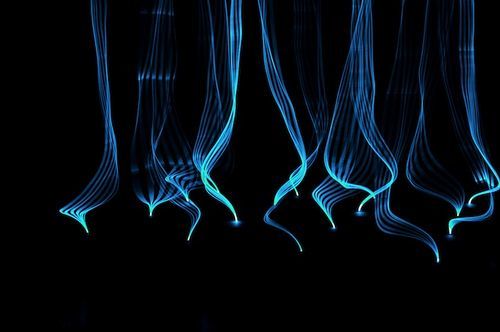 GabeyTjon
GabeyTjon
- https://www.youtube.com/watch?time_continue=128&v=uENITui5_jU
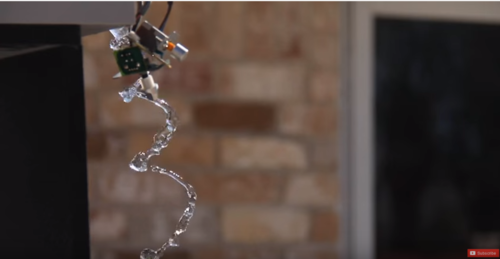
- http://prafulla.net/interesting-contents/science-and-technology/embedded-texts-and-images-into-audio-spectrographs/
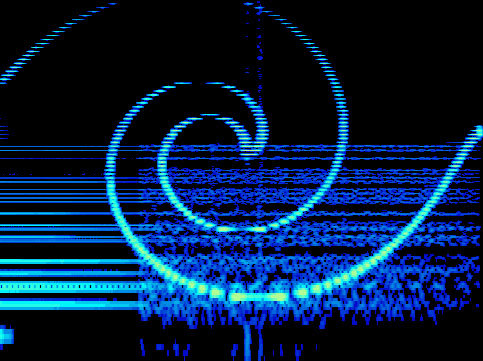 Aphex Twin, hidden message in audio
Aphex Twin, hidden message in audio
-http://www.wired.com/2012/11/human-brain-harmony/
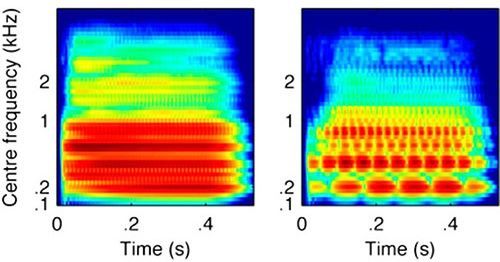 A consonant interval (left) sends a regular sound wave to the brain; dissonance results in an inharmonic spectrum and produces "beating" (right). Image: Cousineau et al./ PNAS
A consonant interval (left) sends a regular sound wave to the brain; dissonance results in an inharmonic spectrum and produces "beating" (right). Image: Cousineau et al./ PNAS
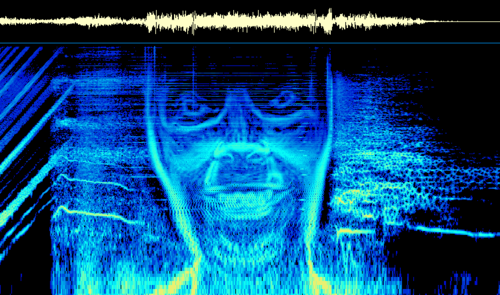 This was the original ‘demon face’ image first found in Aphex Twin’s ‘[Equation]’ song using a linear frequency scale instead of a logarithmic frequency scale.
This was the original ‘demon face’ image first found in Aphex Twin’s ‘[Equation]’ song using a linear frequency scale instead of a logarithmic frequency scale.
CRAFT
ECHO
Echografie, ook wel echoscopie genoemd, is een techniek die gebruikmaakt van geluidsgolven die zich door het lichaam verplaatsen en op grensvlakken tussen zachte en hardere structuren reflecteren.
